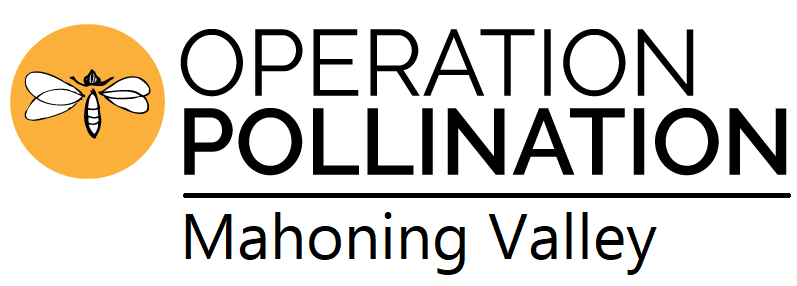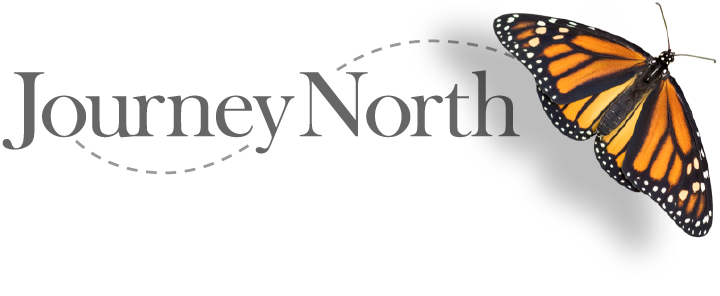Creating a Waystation
Guidelines for Creating a Monarch Waystation

Size. A suitable Monarch Waystation habitat can be easily integrated into an existing garden. There is no minimum area requirement in order to certify your habitat; however, a truly effective Monarch Waystation will be at least 100 square feet. The total area may be split among several discrete sites at your location and there is no upper limit for the size of a Monarch Waystation habitat.
Exposure. Butterflies and butterfly plants need lots of sun; therefore, Monarch Waystations need to be located in an area that receives at least six hours of sun a day.
Drainage and Soil Type. Milkweeds and nectar plants will do best in relatively light (low-clay) soils. Good drainage is needed to avoid root rot and provide good aeration of the roots.
Shelter. To assure that the maximum number of monarchs survive in your habitat, the plants should be relatively close together. However, they should not be crowded – be sure to follow the planting guides specific to each plant. All monarch life stages need shelter from predators and the elements. Planting milkweeds and nectar plants close together contributes to this shelter for monarchs and other wildlife.
Milkweed Plants. To maximize the use of your habitat by monarchs, we recommend that you have at least 10 milkweed plants, made up of two or more species; however, a large number of plants (more than 10) of one species is sufficient. Milkweeds of different species mature and flower at different times during the season. By increasing the number of milkweed species in your habitat you will increase the likelihood that monarchs will utilize your property for a longer period during the breeding season.
Nectar Plants. Monarchs, other butterflies, and numerous pollinators need nectar. By providing nectar sources that bloom sequentially or continuously during the season (as many butterfly plants do) your Monarch Waystation can provide resources for monarchs throughout the breeding season and the migration in the fall. A Monarch Waystation should contain several annual, biennial, or perennial plants that provide nectar for butterflies.
Management. You should have a plan to sustain a Monarch Waystation. Specific actions you take will depend on the features of your habitat; however, some general examples include mulching, thinning, fertilizing, amending the soil, removing dead stalks, watering, eliminating insecticide use, removing invasive plant species, and incorporating additional features.
Content and Images provides by MonarchWatch.org















